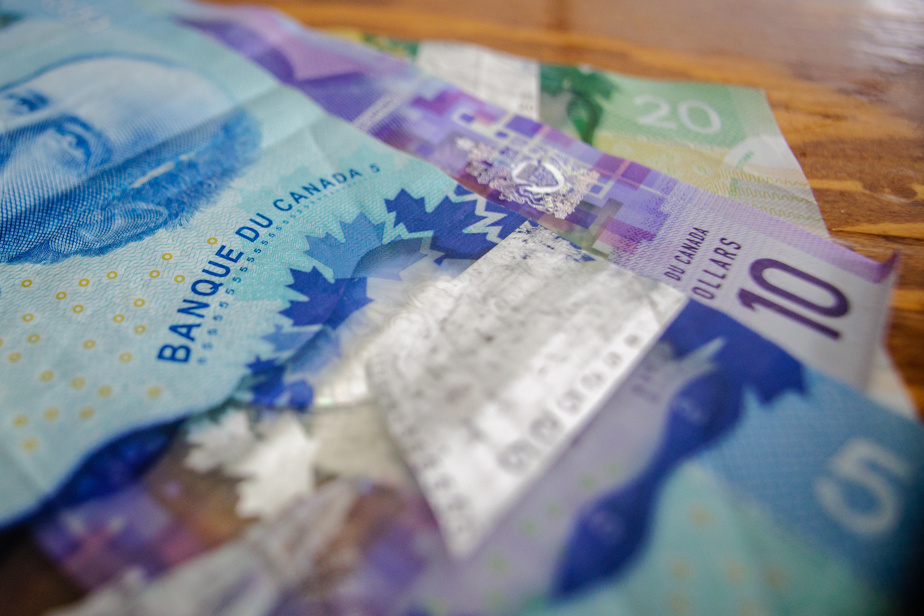There is no shame in making mistakes with money. I’ve done more than I can remember.
But the biggest mistakes are those we make without realizing it. And it’s worse when you’re part of the middle class. Every mistake with money has significant consequences since our ability to save and gain independence is immediately put at stake.
Here are seven mistakes to avoid.
1. Don’t buy in bulk
Going to the supermarket and buying what you need that week is a mistake. The quantities are small, so that forces us to go back 52 times a year (when it’s not 100 or 150 times), and that maximizes the supermarket’s profits. Better to frequent Costco or another big box store. An investigation of Protect yourself of 2022 showed that prices at Costco were on average 14% lower than elsewhere and that the cost of the membership card ($60) was amortized after $430 in annual spending.
2. “Work” to pay your debts
Imagine having a 145 decibel siren mounted on a cart following you around 24 hours a day, 365 days a year. Would turning off the siren a project you would “work on” from time to time? Of course not: that would be your only reason for being. It should be the same with consumer debt, which works around the clock to diminish our quality of life for the rest of our lives. The good news is that fixing the mistake of debt can sometimes go quickly, as this couple realized who pulverized $36,000 in debt in 18 months1.
3. Finance a vehicle
Members of the middle class typically ask the bank to buy their vehicle for them, and then volunteer to share in the bank’s profits by paying it thousands of dollars in interest for years. This arrangement is presented to us as a way of having “freedom”.
My position on purchasing a personal vehicle is simple: if you don’t have the money in your bank account to buy a vehicle, you can’t afford it.
It is telling that the previous sentence is considered so radical and inconceivable in 2023, but that our grandparents and great-grandparents would only see it as the obvious. And note that I’m not talking about a new vehicle here. If your house isn’t paid off and you don’t have $1 or $2 million in financial assets, the very idea of using a new vehicle to get around should make you burst into hearty laughter, much like if someone suggested you sprinkle gold on your toast every morning.
4. Spend your entire paycheck
Speaking of vehicles, many people believe they are emulating the rich by adding luxury to their daily lives (fancy clothing, dining out, etc.). To achieve this, they often spend their entire paycheck. Without realizing it, they rather emulate the poor: the rich only spend a fraction of their income on their everyday needs. Saving 10% of your pay should be the absolute minimum, the equivalent of riding a bike with small training wheels. Personally, I have always aimed to work four days a week to pay for my living needs, and to save and invest the fifth day’s salary, resulting in a minimum savings rate of 20%. “I work hard, I deserve it” should become “I work hard, I deserve to get rich, and to live free of debt and money-related stress.”
5. Do not develop a pure hatred of unnecessarily high prices
Maximum cost of cell phone service: $30 per month (Fizz or Public Mobile). Maximum cost of an internet connection: $40 per month (Ebox or Fizz). Maximum cost of a TV package with 4K picture quality: $0 (TV packages are for millionaires). Cost of three new novels, six films, two TV series, ten comics for children, two board games and four video games: $0 (library). Cost of a 5 or 10 km trip: $0 (walking or cycling). Even so, well-meaning people often pay more than $200 a month for two cell phone plans and a single internet connection. Or make the mistake of locking themselves in their car to cover short distances, prematurely wearing out their vehicle and depriving their body of the minimum vital exercise that doctors are screaming to prescribe to us to put an end to the epidemic of sedentary lifestyle , the biggest killer in the country after cancer. And the reason I get excited about amounts like $200 per month is that it adds up to $35,000 per decade when invested in financial assets with a historically ordinary return (7%) instead of ‘be wasted. Finding $35,000 between the couch cushions every decade: welcome to your new life.
6. Only have one source of income
One of the differences between the rich and the middle class is that the rich have multiple sources of income. Rental properties, financial assets, businesses: they don’t all have their eggs in one basket. Middle class people often have only one source of income: salary. But our salary has its limits, and can disappear during an event as common as a simple recession.
Acquiring financial assets over the years gives us the freedom to sell part of them to buy a vehicle, renovate our home, or finance a career change.
But trying to support your entire lifestyle with your salary is difficult, risky, and generally opens the door to massive debt.
7. Wait before saving
In saving and investing, it is time that does most of the work for us. Investing $400 per month ($13 per day) starting at age 25 yields $1 million at age 65 when assuming 7% annual returns. If you start at age 40, you’ll have to set aside $1,250 per month ($42 per day) to achieve the same result, and $3,100 per month ($103 per day) if you start at age 50. . In the first case, $200,000 in salary will have been invested during our working life. In the second, $375,000, and in the third, $555,000. Waiting is expensive.
